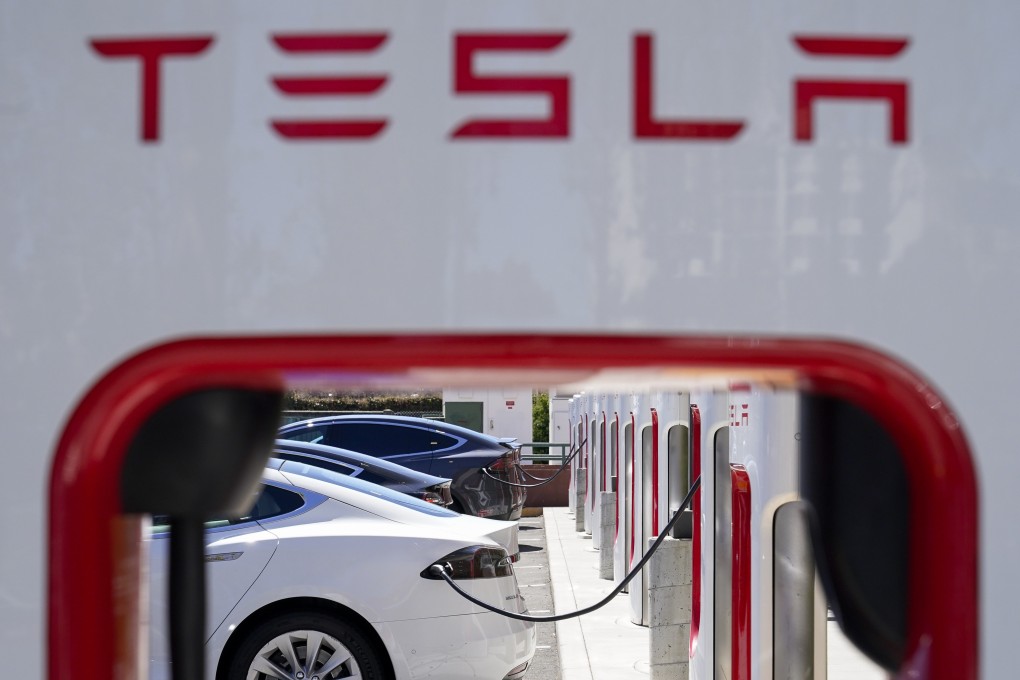Opinion | ESG index dropping Tesla highlights need for ratings rethink
- There should be two distinct ratings: one to reflect a company’s positive impacts and another for its negative externalities
- To get a complete picture requires a deeper type of company-specific analysis, instead of the simple application of quantitative models with a qualitative overlay

The decision to remove Tesla from the S&P 500 ESG Index earlier this year seems out of tune with the thinking of many. The world’s largest maker of electric cars is a crucial enabler of a shift away from fossil fuels, yet S&P Dow Jones Indices excluded Tesla from the benchmark index over, among other factors, the company’s labour rights record and lack of a low carbon strategy.
Tesla board member Hiromichi Mizuno, a Japanese champion of sustainable investment, said that current ESG ratings give too much weight to negative impacts and not enough to positive. There may be some truth here, but it is also clear that a single, data-driven ESG index cannot be everything at once.
At a minimum, there should be two distinct ratings: one to reflect a company’s positive impacts and another its negative externalities. Attempting to capture both in one score dilutes the informational value of the final rating: the positives and negatives inevitably cancel each other out, resulting in a rating that fails to represent either and can’t be relied upon to guide capital allocation decisions.
One option is to focus the ESG (environmental, social and governance) rating on the negative externalities while using the United Nations sustainable development goals (SDG) framework to assess which business activities are critical to addressing challenges like climate change.
If an investor’s goal is to allocate capital for climate solutions, then the SDG rating should be the driver. If the goal is to invest in companies that behave in an environmentally and socially responsible manner, then the ESG rating should dominate. In practice, the two could be used together.
There are technical reasons current ESG ratings don’t fully capture a company’s level of sustainability. One reason is that ratings providers often combine varying environmental, social and governance scores into a headline rating. This approach works better the closer it gets to either end of ESG spectrum. For example, a very high ESG rating usually indicates that a company is performing well across all three pillars.
